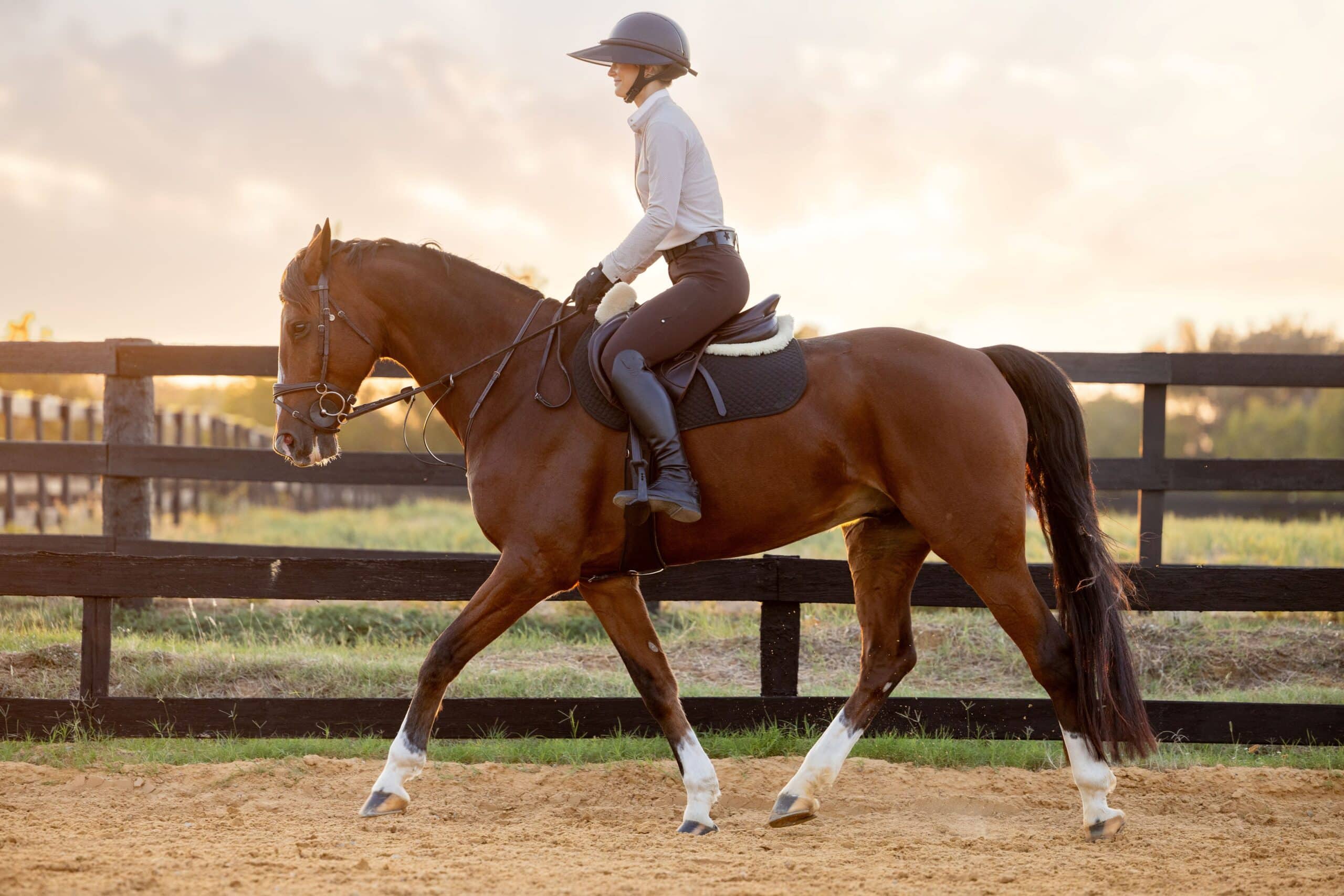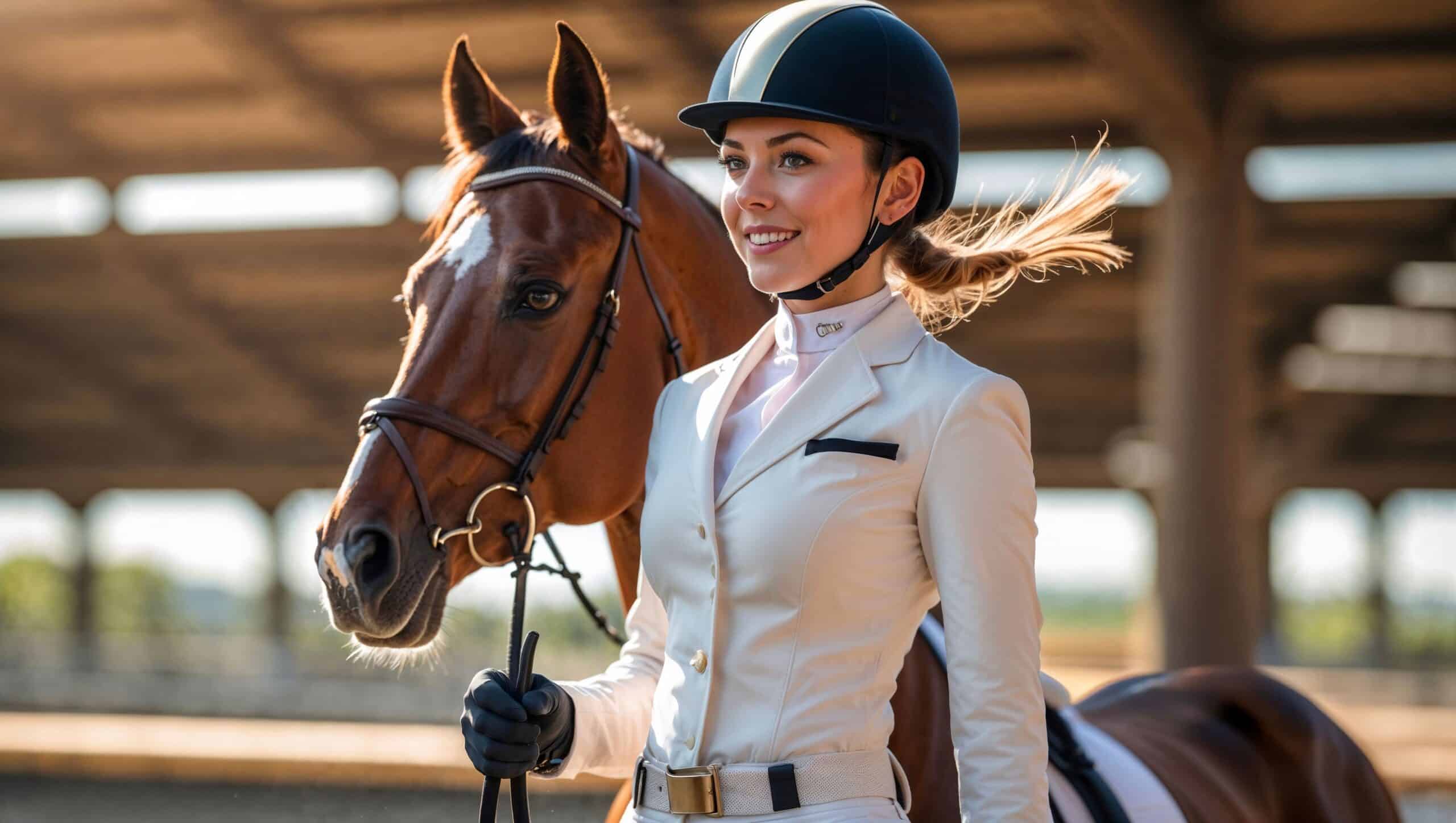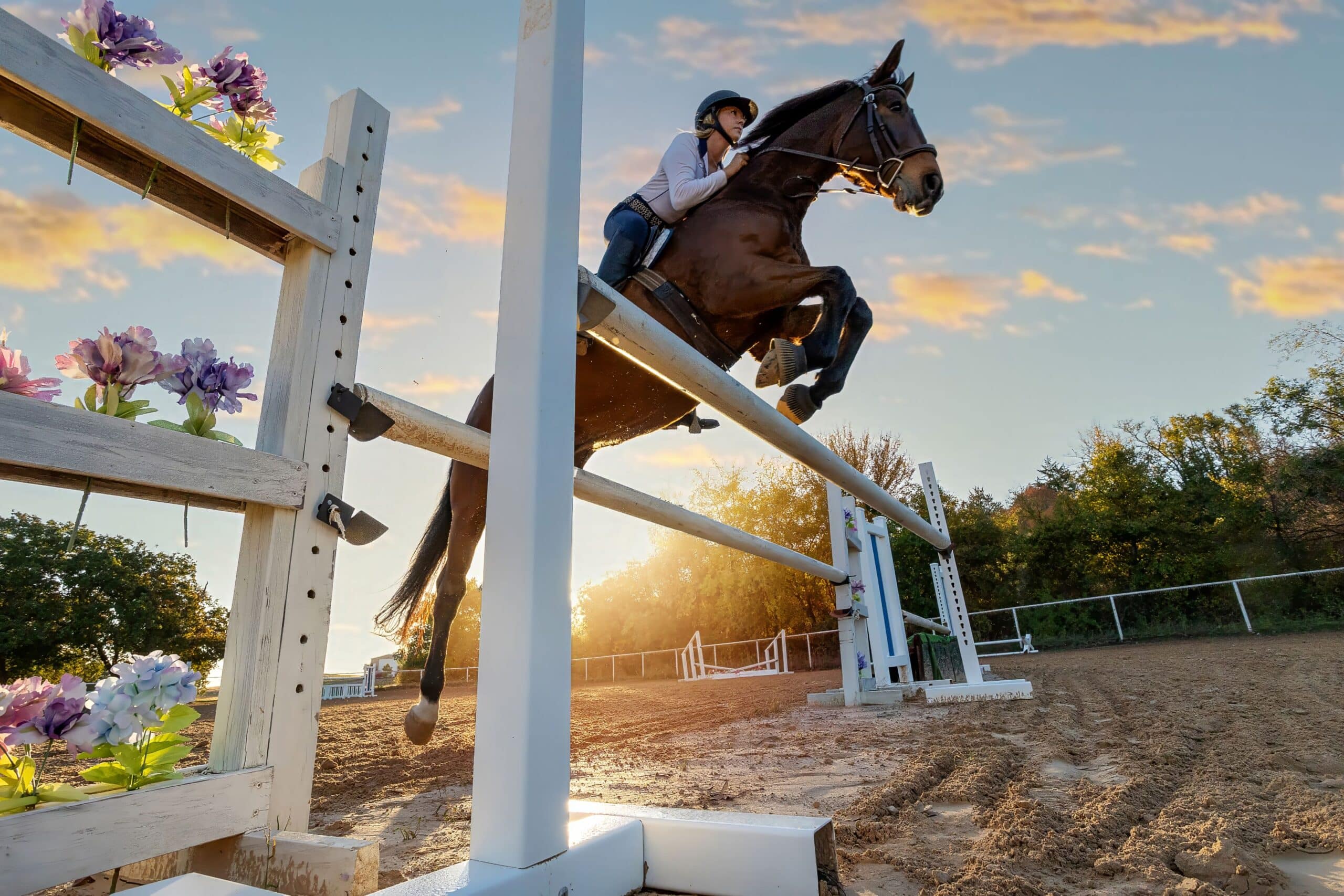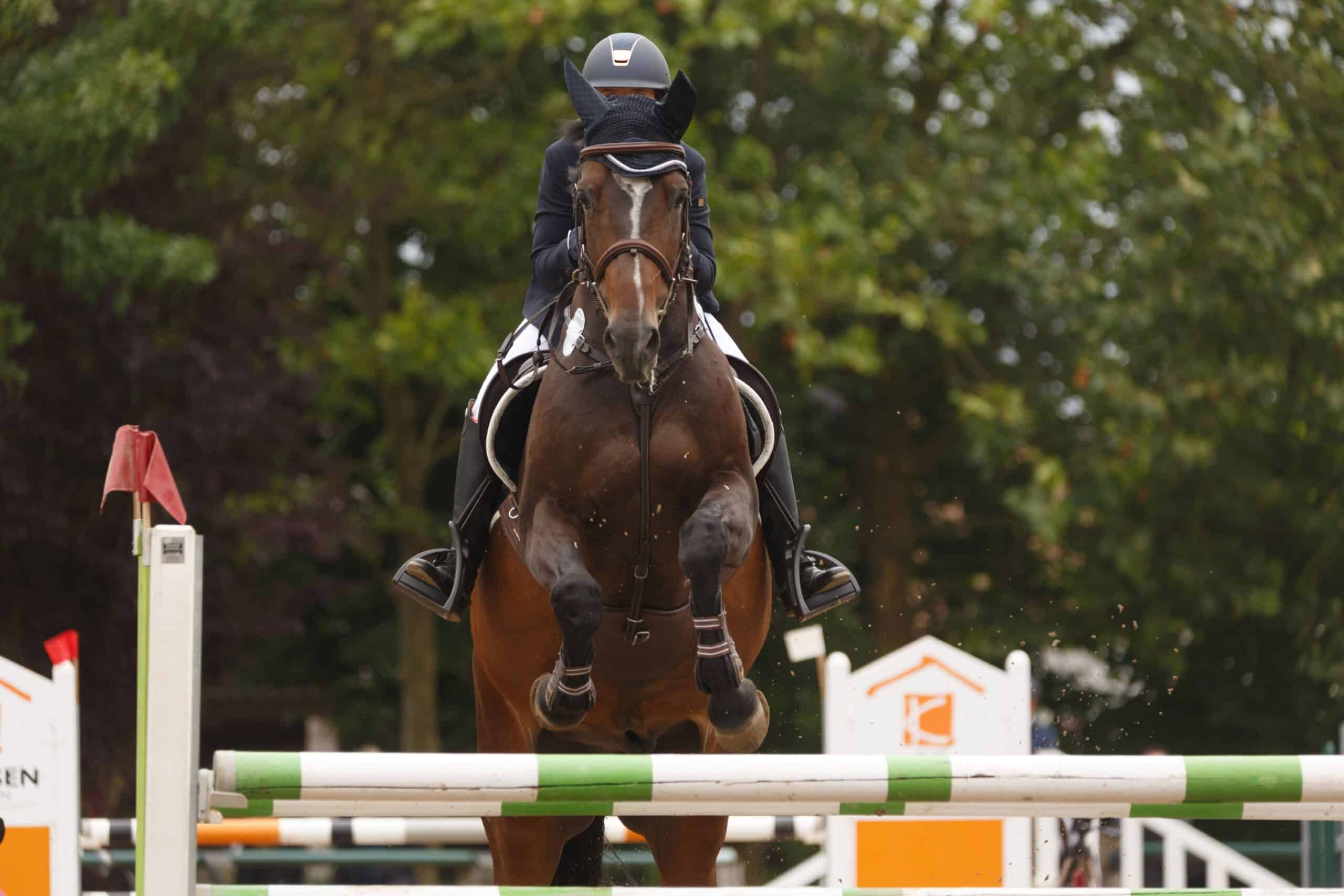The search for hunter jumper horses for sale often leads to flashy videos and polished show records—but the real story begins long before the spotlight. Behind every flawless round lies a routine built on precision, trust, and strategic repetition. This article dives deep into the training systems that shape top-level equine athletes and help buyers separate hype from substance.
What It Takes to Train Horses for Hunter Jumper Competitions
In elite equestrian sport, talent alone isn’t enough. A hunter or jumper becomes truly competitive through deliberate, daily structure: fitness, focus, and discipline come from training systems that leave nothing to chance.
Many buyers underestimate how long it takes to build such horses. It’s not weeks or months—it’s years. Riders want immediate results, but elite horses are a product of consistency. Training routines are not just habits; they’re a framework for physical conditioning and mental resilience.
At the highest levels, each ride has a purpose. Whether the horse is learning to balance on turns or refining its response to the rider’s leg, every minute in the arena builds toward precision in competition.
Daily Routines Behind Top Hunter Jumper Horses
Professional training programs follow a rhythm designed around the horse’s physical maturity, mental development, and seasonal show schedule. Here’s how a typical week may be structured:
| Training Focus | Details |
| Flatwork & Suppling | 3–4 days/week – improves balance, responsiveness, and rideability |
| Gymnastic Jumping | 1–2 days/week – builds technique, sharpness, and correct bascule |
| Conditioning / Hacking | 1–2 days/week – develops cardiovascular fitness and offers mental relaxation |
| Polework & Cavaletti | 1 day/week – encourages footwork precision and strength |
| Rest / Light Lunge | 1 day/week – active recovery and mental reset |
These sessions are rarely dramatic. The best progress happens in quiet, technical work. A young jumper learns to wait, to push evenly, to land in rhythm. A seasoned hunter refines his lead changes, adjusts his pace to invisible aids, and performs from memory—because the training has been embedded.
Avoid Mistakes When Choosing Hunter Jumper Horses
Not all polished horses are truly finished. Video clips can be misleading, showing only the best moments. But without understanding the horse’s underlying training, buyers risk purchasing animals that can’t sustain their performance under new riders or in new environments.
That’s why the training system matters. It’s not just about what the horse can do—it’s about how it was prepared to do it. Ask how the horse was conditioned. What exercises were used to solve problems? Was the horse trained to adapt or just to repeat?
Trainers with integrity will offer full transparency: ride logs, video over time, competition progression, and honest discussions about the horse’s learning style.
Finding the Right Partner: It’s About Fit, Not Flash
The best horse for a rider isn’t always the fanciest. It’s the one whose training matches the rider’s goals, experience, and feel. Buyers should ask:
- Has this horse been ridden by multiple riders?
- How does it react in unfamiliar settings?
- What are its daily routines?
- Has it been consistently trained, or has it switched hands frequently?
A provider offering this level of transparency, quality control, and verified training history can be found at https://www.jw-horses.com/en/hunter-jumper-horses-for-sale. They don’t just sell horses—they present athletes with known systems, history, and development.
Comparative Table: Matching Training Routines to Rider Profiles 🐎📋
Purpose: This table helps prospective buyers of hunter jumper horses for sale understand which training profiles align best with their current skill level, goals, and riding style—so they can choose a horse whose preparation truly fits their needs.
| ✅ Check What Applies to You | 🧠 Recommended Training Profile of the Horse |
| I ride 2–3 times a week and prefer calm, predictable sessions. | Trained primarily in rhythm and polework, focused on balance and tolerance. |
| I compete at local shows and want a confidence-builder. | Experienced in small circuits, used to varied riders, strong in basics. |
| I plan to move into national-level jumper classes within 1–2 years. | Schooling 1.20 m consistently, exposed to show environments, responsive and adjustable. |
| I am a junior/amateur with a professional coach. | Lightly shown, trained under consistent supervision, mentally steady. |
| I prefer a horse with some quirks if it has scope and brilliance. | Trained by a single rider, has been challenged technically, open to new solutions. |
| I need a forgiving horse that can help me learn while I compete. | Cross-trained in hunter and jumper programs, prioritizes rhythm and rideability. |
| I want to qualify for Young Riders or future FEI events. | Brought up in a progressive system, shown in structured circuits, has mileage and ambition. |
| I train daily and like to work on technical details. | Highly schooled on the flat, gymnastic background, adaptable to precise aids. |
| I’m returning to riding after years away and need security. | Grounded in basic discipline, minimal spook, trained for clarity and safety. |
| I ride multiple horses and want one that learns fast. | Exposed to varied exercises, enjoys mental stimulation, recovers quickly from stress. |
Training for Longevity, Not Just Results
Great training protects the horse long-term. Horses that have been over-jumped, rushed, or drilled without variation break down—mentally or physically. Buyers should look for signs that a horse was developed thoughtfully:
- Soft mouth and relaxed poll indicate trust and rideability.
- Willingness to work alone reflects a balanced mind.
- Consistent lead changes, distances, and landings suggest thorough gymnastic work.
Good trainers protect a horse’s joints, manage its schedule, and balance peak performance with recovery. It’s not just about winning now—it’s about building a career.
How to Evaluate a Horse’s Training in Practice
When trialing a horse, buyers should go beyond the course test. Observe:
- How the horse warms up.
- Its transitions between gaits.
- How it reacts to small mistakes or new exercises.
- Its recovery after jumping.
Bring a knowledgeable trainer to help evaluate not just ability but attitude. Often, the horse’s rhythm between the jumps tells you more than its bascule over them.
Ask for a full week’s schedule and training history. Look for a pattern of consistency, not chaos. A well-trained horse will move through exercises with quiet confidence, not forced perfection.
The Invisible Advantage: Trainer–Horse Relationship
A strong bond between trainer and horse isn’t just heartwarming—it’s strategic. Horses trained with patience and communication are easier to transition to new riders. They’re problem-solvers, not robots.
Top sellers invest in this relationship. They know a horse’s quirks, strengths, and limits. That knowledge transfers to the buyer, who inherits not just a horse but an understanding of how to bring out its best.
Trained for Greatness
When shopping for hunter jumper horses for sale, don’t fall for the showreel. Look behind the jumps. Ask what built the balance, focus, and athleticism. True quality hides in the routine—the lunges before sunrise, the poles on Monday mornings, the calm walk breaks between grid sets.
Buyers who understand this see beyond the polished rounds. They invest in training, not just talent. And in doing so, they give themselves the best chance of success—in the ring and far beyond it.
Image source: Terri Cage, Sorapong, Terri Cage, Adobe Stock




